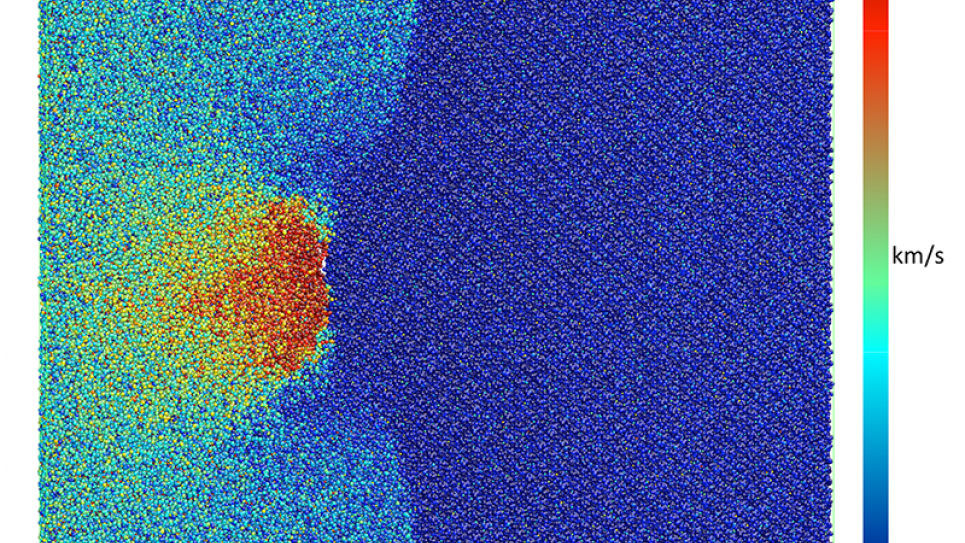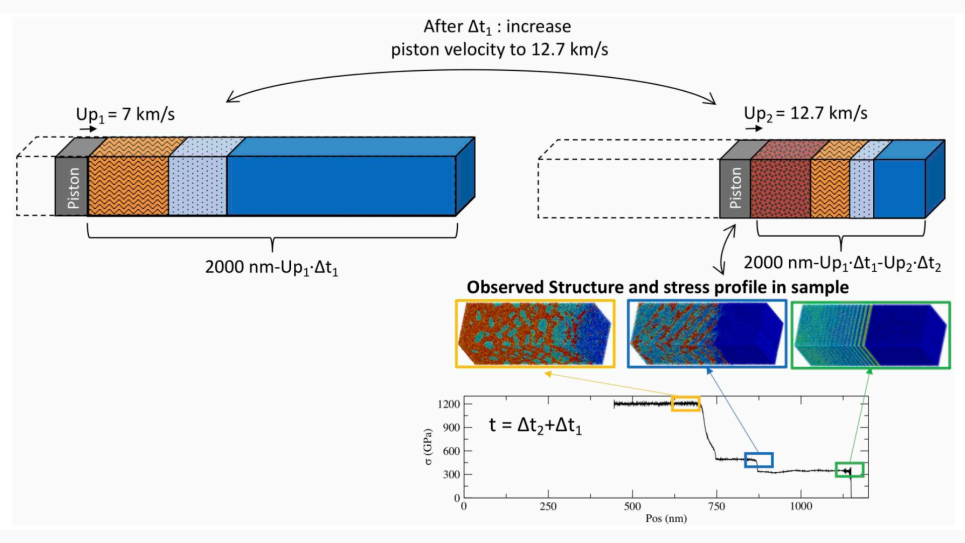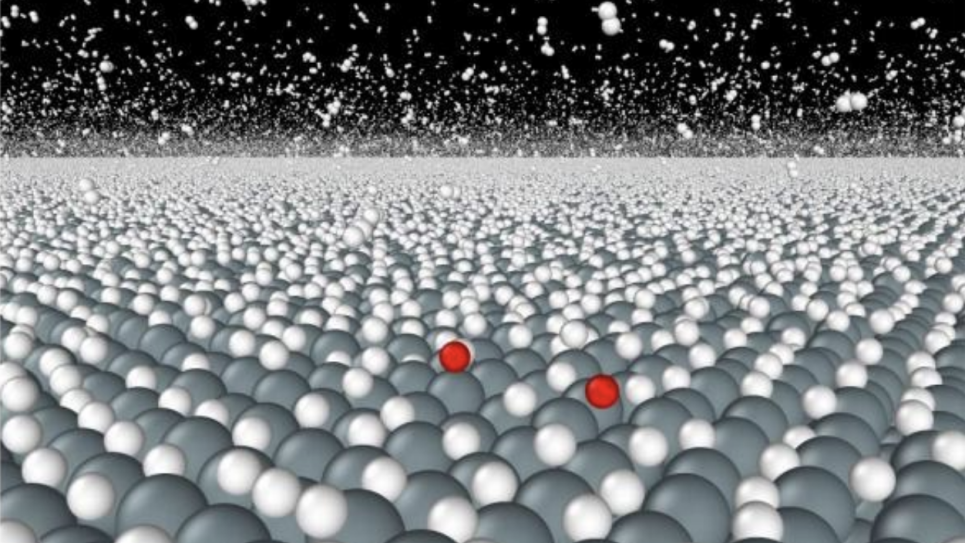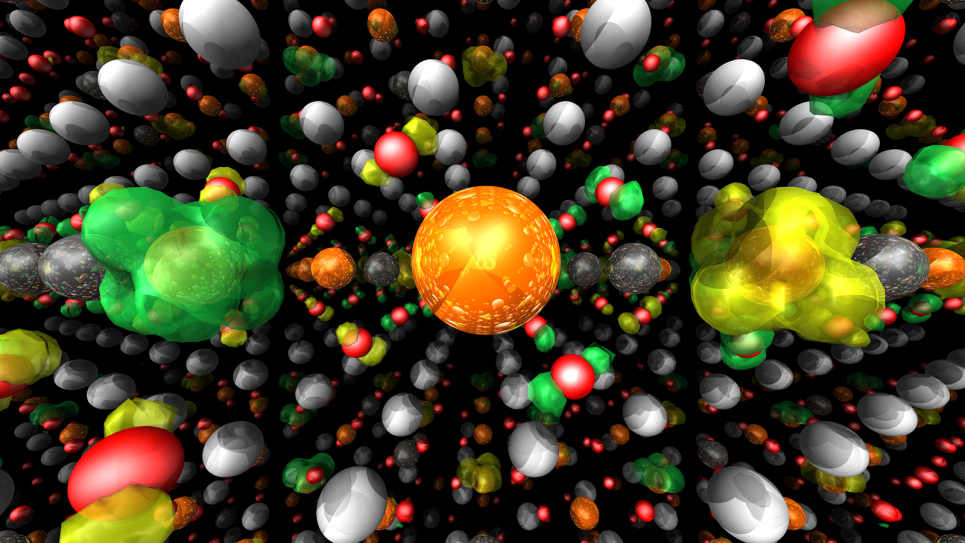
Nanostructure‐enhanced Chemical Reactivity and Detonation in Energetic Materials
Understanding the physics and chemistry of detonation in energetic materials is important across many sectors including national security applications, civil engineering (mining and excavation) and in specialized applications such as emergency passenger restraint systems and rocket propulsion. Despite recent advances in our understanding of the initiation of energetic materials, we are yet incapable of accurately predicting the shock‐to‐detonation transition in real explosives. Using state of the art quantum mechanical dynamics (QMD) methods, we are now equipped with the ability to predict the shock properties of perfect single crystals of energetic materials. However, it is believed that material defects such as entrained solvent, dislocations, porosity, and grain‐boundaries play a key role in the onset of shock‐induced chemical reactions and the ignition of hot spots. The spatial scales of these phenomena are too small to resolve in continuum models, but are too large for molecular models. A method is needed that bridges between the molecular and continuum scales, but retains the accuracy of quantum methods. The ReaxFF reactive interatomic potential implemented in the LAMMPS parallel molecular dynamics code allows us to bridge these scales by running micron‐scale atomistic simulations of void collapse and hotspot formation.
The project supports the investigation of nanostructure‐enhanced chemical reactivity and detonation in energetic materials and the study of shock energy localization at materials heterogeneities. The outcome of this work will fill a critical gap in energetic materials modeling, enabling predictive models of performance, reliability, and failure.


